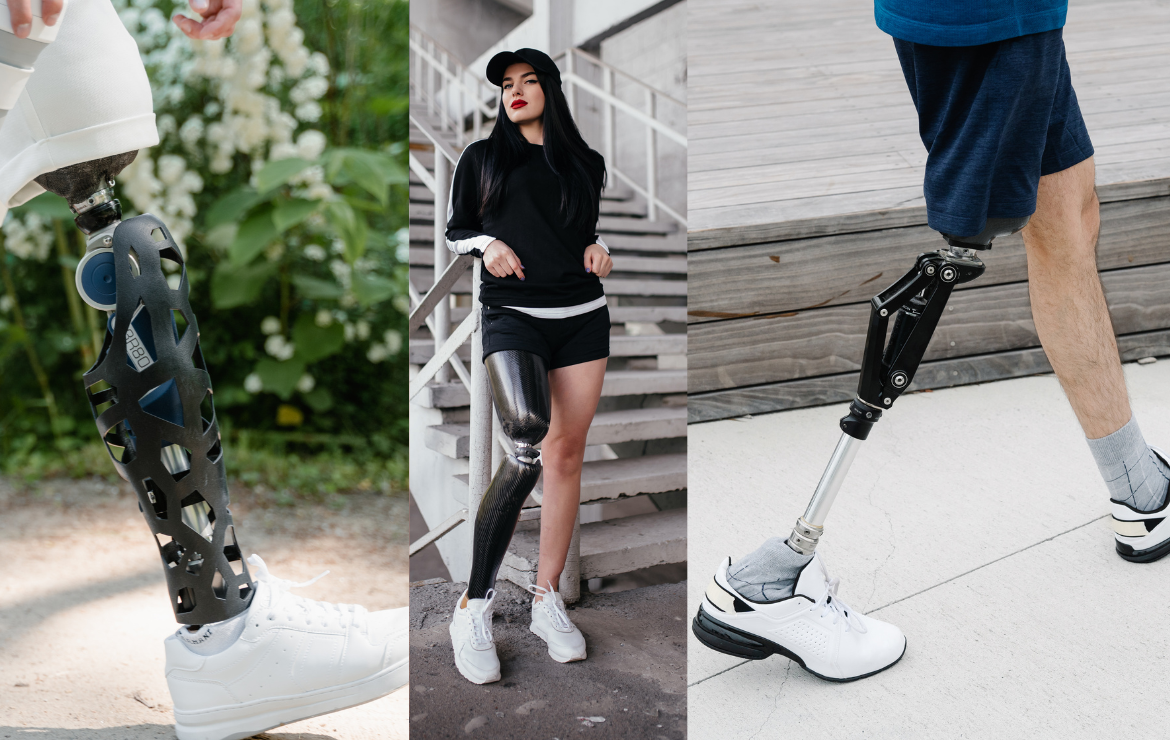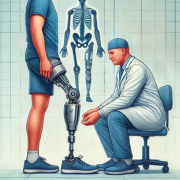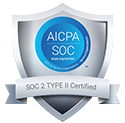April 2025 Newsletter

ClaimsPulse360
ClaimsPulse is a monthly newsletter packed with insights and interesting information.
Signup Today!
| Issue: April 2025 | ||||||||||||||||||||
 |
||||||||||||||||||||
|
||||||||||||||||||||
Stay Sane in the Claims Game Top 5 "Emergency Exits" for a Stressful Day Quick De-Stress Ideas You Can Do in 5 Minutes or Less
In the world of claims and case management, stress sometimes feels like part of the job description. When the emails pile up, the phone won’t stop ringing, and that complicated file just landed on your desk, it’s time to hit the “Emergency Exit” — no, not literally — but with a quick reset. Here are five stress-busting moves you can squeeze into your busiest day: 1. 60-Second Breathing Break 2. Step Outside for a Breath of Fresh Air 3. Call Your "Work Bestie" 4. Funny Video Break 5. Desk Yoga: Stretch It Out Remember: You can’t pour from an empty cup — even five minutes of self-care can mean the difference between surviving the day and thriving through it! | ||||||||||||||||||||
|
||||||||||||||||||||
|
||||||||||||||||||||


















